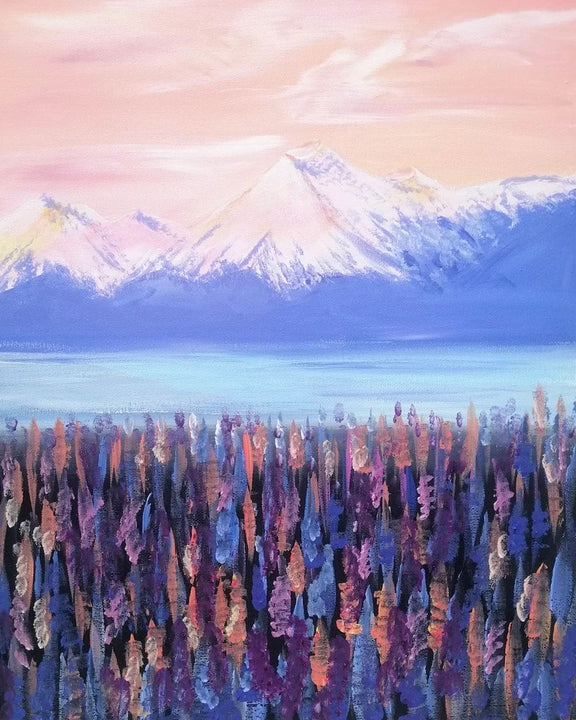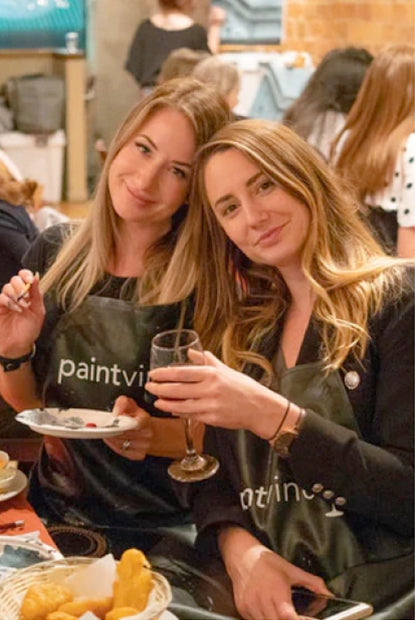
When we think of lupins, we picture the South Island in full bloom – tall pink, purple, and blue spires dancing in the wind with Aoraki / Mount Cook in the distance. But behind this iconic view is the fascinating story of one woman’s quiet mission to make the world a little more beautiful – and how it blossomed into both a beloved attraction and an environmental dilemma.
In the 1940s, Connie Scott of Godley Peaks Station near Lake Tekapo walked into her local stock and station agent and bought £100 worth of lupin seeds – that’s the equivalent of around a whopping NZ$4,500–$5,000 today. It was an extravagant gesture by any measure, but Connie didn't purchase them for profit or farming – she quietly scattered the seeds along the roadsides, with the simple aim of adding beauty to the stark high-country landscape.
It worked. Today, Russell lupins blanket the Mackenzie Basin each spring and summer, drawing thousands of visitors and photographers from around the world. Their vibrant hues are now inseparable from the landscape – especially when set against the backdrop of Aoraki / Mount Cook.
But the story doesn’t end there.
While many celebrate their beauty, ecologists see another side. Russell lupins are technically an introduced species – and an aggressive one. Their seed pods burst open explosively, scattering seeds far beyond where they’re planted. Once established, they spread rapidly, particularly in fragile braided riverbeds, where they choke out native vegetation and threaten the habitats of rare birds like the wrybill and black stilt.
In the early 2000s, the Department of Conservation even launched Operation Weedbuster in the Mackenzie Basin – a coordinated effort that saw locals cutting off lupin flower heads and spraying young plants to halt their spread.
Ironically, in many areas like Lake Tekapo, lupins are now protected and picking them is not allowed – but not for the reasons you might think. Rather than protecting the iconic views, it’s to stop people from unknowingly helping them spread further. Even picking a handful can scatter seeds into new areas where they’re not wanted.
Yet others still see value in them – including Connie’s son, AgResearch scientist David Scott, who called Russell lupins the most exciting pasture species he ever studied. Deep-rooted and resilient, they thrive in the tough conditions of the high country, offering nutritious feed for sheep while requiring little fertiliser or maintenance.
Connie Scott passed away in 2007. She now lies in Burkes Pass cemetery beneath a headstone that simply reads the 'Lupin Lady'. Her story is a reminder that even the smallest actions – one woman, one vision, one sack of seeds – can ripple through the decades, changing landscapes, livelihoods, and how we see the world around us.
Want to paint your own lupins? Join us at upcoming Paintvine events in Napier, Auckland, and Whangārei, where you’ll capture the colours of the Mackenzie Basin on canvas – no gardening or alpine walks required!

